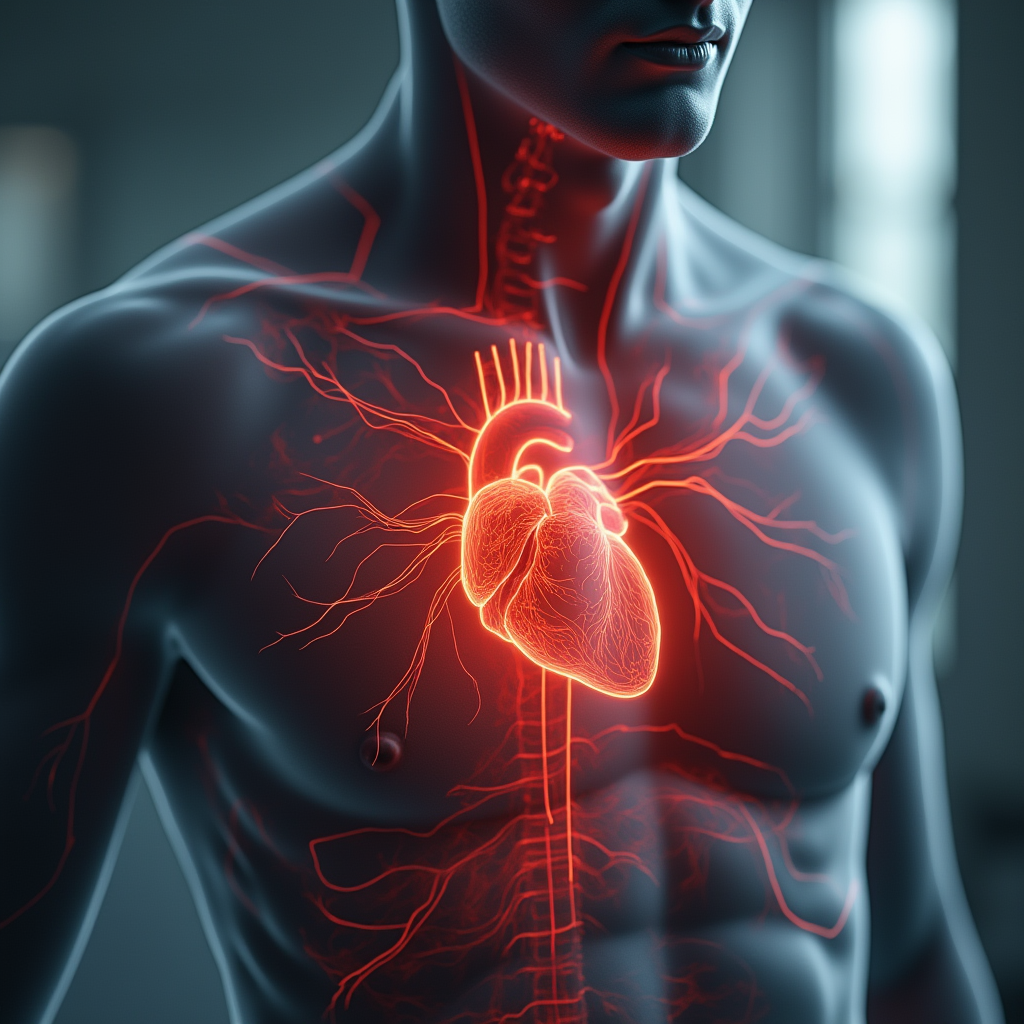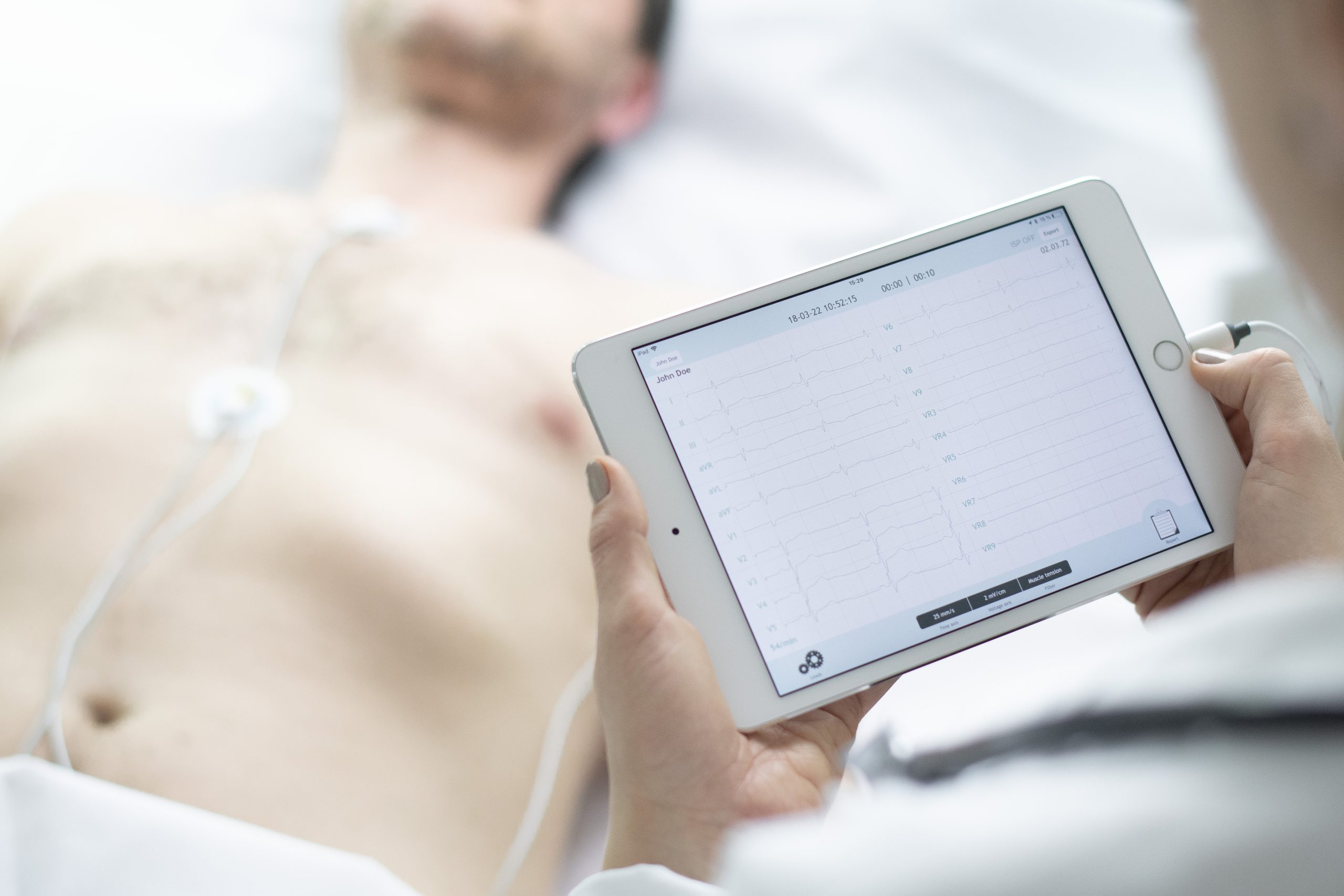Causes and risk factors for sudden cardiac death

Sudden cardiac death often strikes without warning. In nearly half of all cases, subtle symptoms—such as chest pain, shortness of breath, dizziness, or collapse during exertion—emerge beforehand. Even healthy individuals, including athletes, may be affected. These incidents usually trace back to undiagnosed heart disease that evolves into cardiac arrhythmia, followed by cardiac arrest.
Cardiac arrhythmia commonly precedes sudden cardiac death. It disrupts oxygen delivery via irregular heart rhythms—either too slow (bradycardia) or too fast (tachycardia). This imbalance prevents effective blood circulation, often due to underlying cardiac conditions.
Sudden cardiac death may result from multiple medical issues—not a singular cause.
Causes and Risk Factors
The primary cause is coronary heart disease (CHD). Plaque accumulation in arteries (arteriosclerosis) restricts oxygen-rich blood flow. Some patients feel chest tightness (angina pectoris), while others may remain asymptomatic until a heart attack occurs. Post-heart attack, the risk of arrhythmia and cardiac arrest increases sharply.
Contributing risk factors include:
- Diabetes
- High blood pressure (Hypertension)
- Lipid metabolism disorders
Heart failure—whether due to coronary disease or congenital defects—may emerge gradually (chronic) or rapidly (acute). Chronic heart failure causes fatigue, breathlessness, and fluid retention. Acute failure impairs organ function and heightens the risk of cardiac arrest.
Other causes include:
- Genetic syndromes like Brugada or WPW
- Inflammation such as myocarditis
Medical Emergencies
Symptoms like chest pressure, shortness of breath, dizziness, anxiety, and cold sweat signal immediate danger. During cardiac arrest, the person stops breathing, loses consciousness, and lacks a pulse. Swift intervention with defibrillation and emergency medication can be life-saving.
Action steps include:
- Call: Emergency services (EU: 112)
- Press: Perform 100–120 chest compressions per minute with interlocked hands
- Shock: Use a defibrillator; follow its audio/visual instructions
Check – Call – Press – Shock
- Check: Assess if the person is breathing and conscious
- Call: Immediately dial emergency services
- Press: Begin chest compressions with correct technique
- Shock: Administer defibrillator guidance as directed
Preventive Care
Heart disease often progresses quietly. Men statistically face greater risk, and danger increases with age. Proactive heart screening, especially for high-risk individuals, is essential.
Effective diagnosis involves:
- Review of medical history and lifestyle
- Blood tests
- ECG (resting and stress)
- Cardiac ultrasound and imaging
Sporadic arrhythmias may go undetected during visits. Portable ECG devices help capture heart activity during symptomatic episodes.
Healthy lifestyle choices—even in symptom-free individuals—can prevent or reduce cardiac risk.
Helpful Tools
CardioSecur Pro is a compact ECG system that identifies infarcts across anterior, lateral, and posterior heart walls with precision.
Philips HeartStart AEDs (FRx, HS1, OnSite) guide laypersons through life-saving steps via audio and visual prompts.
Source
⚕️ Disclaimer
This article provides general health information and is not a substitute for professional advice. Consult qualified healthcare providers for personalized guidance. Do not start, change, or stop medical treatment without proper consultation. In an emergency, contact medical services or visit a hospital immediately.
This website and its authors disclaim liability for outcomes arising from use of this information. Individual responses may vary.
Read Also
